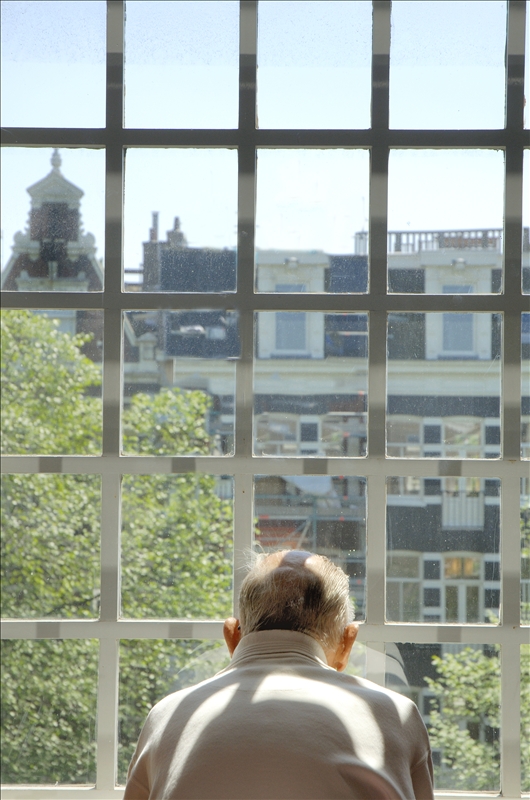|
Aging and Long-Term Care (10 Hours) > Chapter 6
|
|||||||||||||||||||||||||||||||
Chapter 6: Out-of-Home CareAssisted-Living FacilitiesAssisted-living facilities (ALF) for the elderly are a mid-step between independent living and nursing home placement for minimally impaired seniors who choose not to live with their children or other relatives. They are often titled Senior Care or Retirement Community. They use common facilities, such as a dining room and a variety of activity rooms, but residents have their own lockable living space that includes, at minimum, space for living and sleeping, a bathroom, and varying degrees of minimal cooking facilities. Care providers must be invited in and their care plan must be approved by the resident. [QN.No.#51.A mid-step between independent living and nursing home placement for minimally impaired seniors who choose not to live with their children or other relatives:] Services offered include some or all meals, weekly housekeeping and linen care, medication management if needed, and recreational activities. The costs are high, but not as high as most nursing home care. However, private financing is usually needed. Skilled Nursing Facilities (Nursing Homes)A difficult decision is placing an older person in a skilled nursing facility. These facilities may be paid for through special insurance or through Medicare up to a point and, to the qualified individual, Medicaid after that. Medicaid will plan a program to use Social Security funds, retirement payments, etc. to pay the expenses. After the person's and the spouse's death, assets will be used to pay back as much as possible any expenses beyond what available funds had paid for.  As a result of care problems over the years, a myriad of regulations have been placed on nursing homes, having an adverse affect on some services. Often the nursing home personnel spend most of their time making required documentation, leaving them little time to have meaningful interaction with the patients. Many patients, because of ambulatory issues, are at the mercy of these personnel, but nursing home staff sometimes has difficulty providing services other than the bare minimum required by regulations. In addition to these issues, being placed in a nursing home becomes isolative from the community and family. They no longer have their own home/apartment, kitchen, bathroom or bedroom. Privacy is minimal. Freedom of movement and activity is curtailed. It can be a very difficult situation. Some Medicare funding, including Medicare Part B, allows for the provision of psychological services for those exhibiting the need for such services. This may include behavioral problems, depressive symptoms, anger, anxiety and adjustment disorders. Along with specific symptom interventions, these services provide the patient with someone who will sit down and listen to them and show positive regard for them. This in itself can be revitalizing to the patient. The rate of nursing home residence among people age 65 and over, by age group per 1000:
|
|
||||||||||||||||||||||||||||||
|
Aging and Long-Term Care (10 Hours) > Chapter 6
Page Last Modified On:
Deprecated: Function strftime() is deprecated in /home/devxspeedy/public_html/lib/smarty-3.1.34/libs/plugins/modifier.date_format.php on line 81 February 18, 2015, 09:44 AM |
|||||||||||||||||||||||||||||||
